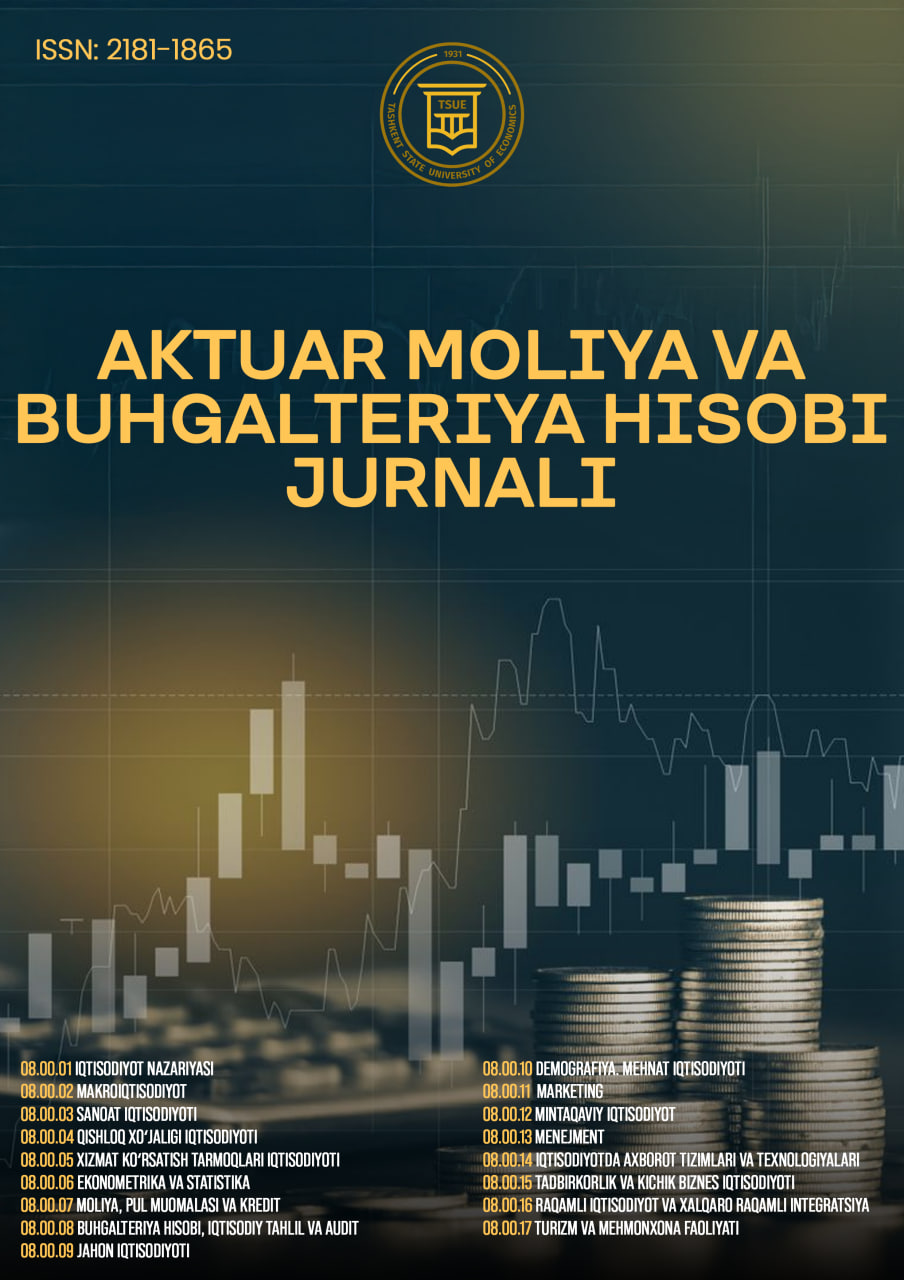GOVERNANCE AND OVERSIGHT OF STATE CORPORATIONS: BALANCING CONTROL AND AUTONOMY
Keywords:
State corporations, governance, regulatory oversight, corporate autonomy, public accountability, efficiency, policy frameworks.Abstract
State corporations operate at the intersection of public governance and corporate autonomy, requiring a delicate balance between regulatory oversight and operational independence. This study examines the regulatory frameworks governing state-owned enterprises (SOEs), analyzing how varying degrees of government control impact their efficiency, accountability, and strategic decision-making. Existing research highlights the challenges of excessive state intervention, which can hinder innovation and responsiveness, as well as the risks of excessive autonomy, leading to inefficiencies and reduced public accountability. However, a comprehensive analysis of the optimal balance between state oversight and corporate independence remains underexplored. This study adopts a mixed-methods approach, incorporating comparative case studies of SOEs from different governance models and quantitative assessments of performance indicators under varying regulatory conditions. Data were sourced from policy documents, financial reports, and expert interviews. Findings reveal that successful SOEs operate within a structured but flexible regulatory framework, where government oversight ensures transparency without stifling decision-making. Effective governance models include clear performance benchmarks, independent regulatory bodies, and adaptive control mechanisms that adjust to market conditions. The results indicate that achieving an equilibrium between state control and corporate autonomy enhances financial stability, fosters innovation, and strengthens public trust in SOEs. The study underscores the need for tailored regulatory policies that accommodate sector-specific dynamics while maintaining accountability. The implications of this research extend to policymakers and corporate leaders seeking to refine governance strategies for SOEs. A balanced regulatory approach can optimize efficiency while preserving public interest, contributing to sustainable economic growth and improved service delivery.
References
“Assessment of corporate governance frameworks in indian state-owned enterprises,” ISJEM Journal. Accessed: Mar. 17, 2025. [Online]. Available: https://isjem.com/download/assessment-of-corporate-governance-frameworks-in-indian-state-owned-enterprises/
M. Pargendler, “State Ownership and Corporate Governance,” May 01, 2012, Social Science Research Network, Rochester, NY: 1854452. doi: 10.2139/ssrn.1854452.
“State Control and Corporate Governance in Transition Economies: 25 Years on from 1989 - Grosman - 2016 - Corporate Governance: An International Review - Wiley Online Library.” Accessed: Mar. 17, 2025. [Online]. Available: https://onlinelibrary.wiley.com/doi/10.1111/corg.12145
A. Ochien’, G. Abang’, N. A. A, D. Wang’, and N. A. Ombe, “Theoretical perspective of corporate governance among state-owned enterprises: a literature review,” Int. J. Crit. Account., vol. 11, no. 2, p. 160, 2020, doi: 10.1504/IJCA.2020.105065.
Faculty of Economics and Business Administration, Babeș-Bolyai University, Romania, I. A. Ciolomic, I. N. Beleiu, Faculty of Economics and Business Administration, Babeș-Bolyai University, Romania, R. L. Nistor, and Faculty of Economics and Business Administration, Babeș-Bolyai University, Romania, “Theories of corporate governance applied to state-owned enterprises,” presented at the International Management Conference, Mar. 2023. doi: 10.24818/IMC/2022/01.15.
A. Adebayo and B. Ackers, “Comparing corporate governance practices of state-owned enterprises (SOEs) in South Africa and Singapore,” J. Account. Invest., vol. 23, no. 1, pp. 170–195, Jan. 2022, doi: 10.18196/jai.v23i1.13830.
“A Survey of the Autonomy, Accountability, Effectiveness and Governance of Slovak State-Owned Enterprises,” Sci. Ann. Econ. Bus., vol. 65, no. 4, pp. 427–442, 2018.
“Corporate governance and accountability of state-owned enterprises: Relevance for science and society and interdisciplinary research perspectives | Emerald Insight.” Accessed: Mar. 17, 2025. [Online]. Available: https://www.emerald.com/insight/content/doi/10.1108/ijpsm-09-2015-0166/full/html
A. O. Abang’a and D. Wang’ombe, “Theoretical perspective of corporate governance among state-owned enterprises: a literature review,” Int. J. Crit. Account., vol. 11, no. 2, pp. 160–179, Jan. 2020, doi: 10.1504/IJCA.2020.105065.
“State ownership reinvented? Explaining performance differences between state‐owned and private firms - Lazzarini - 2018 - Corporate Governance: An International Review - Wiley Online Library.” Accessed: Mar. 17, 2025. [Online]. Available: https://onlinelibrary.wiley.com/doi/10.1111/corg.12239
“Corporate governance of state-owned enterprises: a systematic analysis of empirical literature | Emerald Insight.” Accessed: Mar. 17, 2025. [Online]. Available: https://www.emerald.com/insight/content/doi/10.1108/ijpsm-10-2016-0163/full/html
“Adaptive Governance: An Introduction and Implications for Public Policy.” Accessed: Mar. 17, 2025. [Online]. Available: https://ageconsearch.umn.edu/record/10440?v=pdf
“Plataforma Fórum.” Accessed: Mar. 17, 2025. [Online]. Available: https://www.forumconhecimento.com.br/login?return_url=%2Fpesquisa%2Ftodos
“Collaborative Operating Standards: Development Of Dynamic-Adapative Policy Model | Sawala : Jurnal Administrasi Negara.” Accessed: Mar. 17, 2025. [Online].
A. J. Kezar and P. D. Eckel, “Meeting Today’s Governance Challenges: A Synthesis of the Literature and Examination of a Future Agenda for Scholarship,” J. High. Educ., vol. 75, no. 4, pp. 371–399, 2004.


